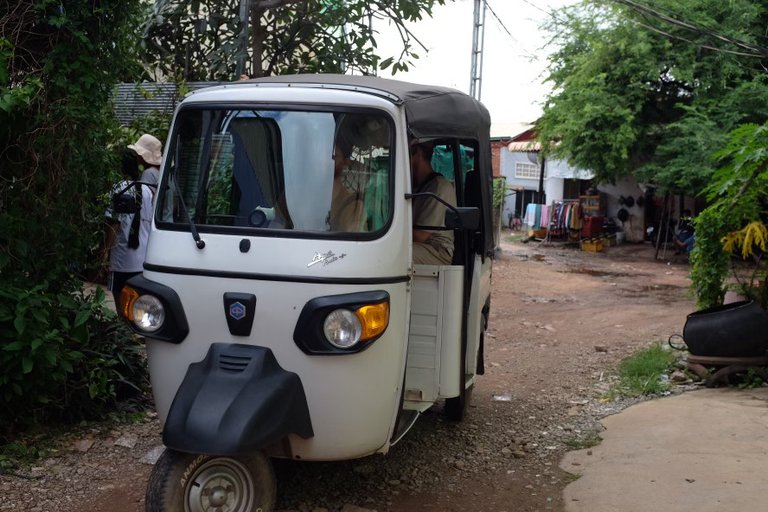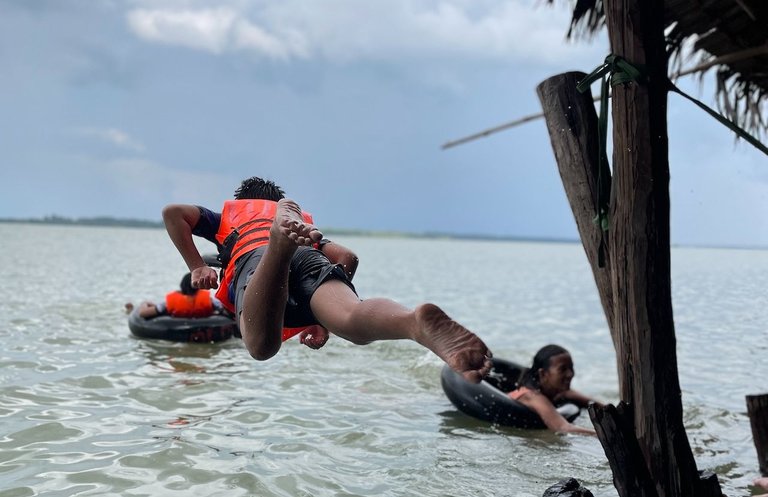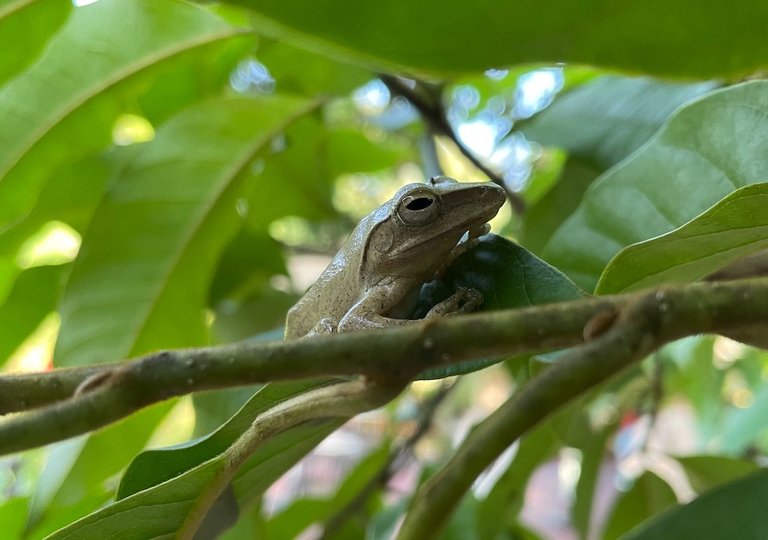


Coming into Siem Reap, it was so clear to see how the rural countryside huts slowly turned into tall buildings, and humble enterprises were replaced by big businesses.
Siem Reap is the second largest city in Cambodia, reaching a population of one million in 2019. Maybe best known for the UNESCO World Heritage Site, Angkor Wat, I quickly came to realise that Siem Reap had a lot more to offer.


The tuk-tuk had barely been unpacked before it was crammed full of people again. It was quickly decided that we were on our way to West Baray.
West Baray is an enormous reservoir near Angkor Wat, built during the Khmer period. It played an important roll as an irrigation system for the nearby rice fields, and is a fantastic example of the Khmer Empire's advanced hydraulic technology.
The area surrounding West Baray is flat, so instead of digging out a reservoir, a huge wall was built around the area. The reservoir covers an area of 8 x 2,1 km and can hold 123 million cubic metres of water, making it the worlds largest handmade reservoir.
Today, West Baray is a popular swimming spot, used by locals in Siem Reap. With the right equipment and inflatables, you can float around there for hours.


Apart from relaxing at West Baray, we also shopped at several markets (I bought a beautiful Cambodian sarong), we visited Angkor Botanical Garden (where I snapped this shot of a tree frog), and of course, we toured Angkor Wat. The ancient city of Angkor is such a magical place, that I have decided that Angkor Wat deserves a post of its own... So keep a lookout if that's something you're interested in!








